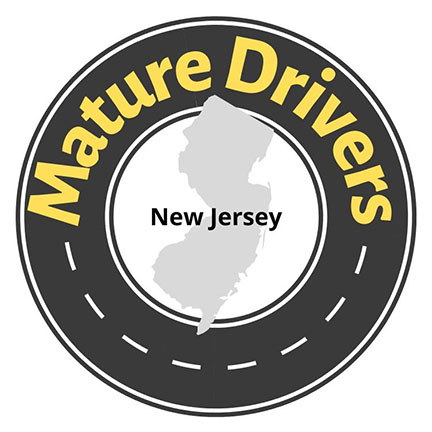Adapting Your Vehicle
Where to start
There are now a number of adaptive technologies that make driving safer and more comfortable for people with disabilities. New or existing, simple or complex, these adaptive technologies are in place to help drivers maintain their level of safety and independence.
The National Highway Traffic Safety Administration (NHTSA) provides information on Adapting Your Vehicle.
Common Vehicle Adaptations include:
- Larger panoramic rear and side mirrors
- Pedal extenders to reach brake and gas
- Hand controls for brake and gas
- Steering device to aid in grabbing the wheel
- Seat belt adaptors
- Torso restraints to hold driver upright
- Turn signal adaptations
- Left foot accelerator
- Touch pad/voice activation systems for car controls/electronic joy stick controls
Driving Rehabilitation Specialists
Drivers with special medical considerations and disabilities may benefit from the help and advice of a Certified Driver Rehabilitation Specialist (CDRS).These specialists provide numerous services and can assist you in finding the adaptations to help you be a safer, more comfortable driver.
Certified Driver Rehabilitation Specialist (CDRS) services:
- Evaluation of driver’s physical and cognitive capabilities
- Vehicle outfitting with adaptive equipment
- Training to use adaptive equipment for drivers with medical conditions and disabilities
- Rehabilitation services for individuals with an illness or injury that has impaired their driving
The Association for Driver Rehabilitation Specialists (ADED) is the organization that trains and certifies the therapists and driver educators who perform driving evaluations and in-vehicle training. Visit the website to learn how ADED can help support your needs.
The New Jersey Motor Vehicle Commission maintains a list of certified driver rehabilitation specialists.
The American Occupational Therapy Association (AOTA) provides a search for CDRS services.

